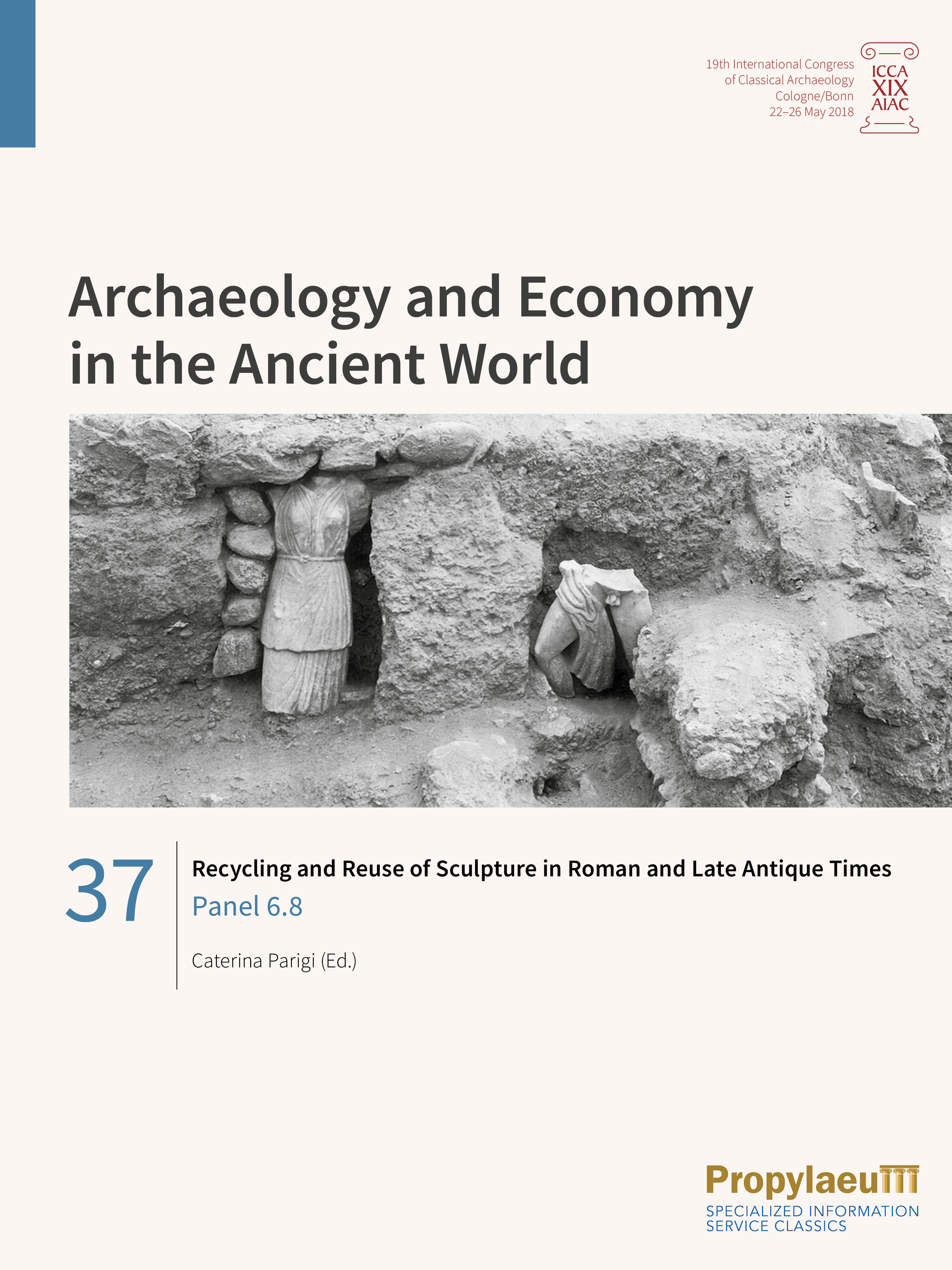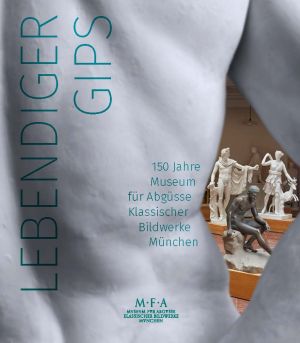Krumeich, Ralf
Recycling and Reuse of Sculpture in Roman and Late Antique Times: Panel 6.8
Recycling and reuse of sculpture was a common practice in the ancient world, which took a variety of forms in different periods and places.
The volume stresses two main aspects in relationship to this practice, namely the reuse of sculptures and their parts as building material on the one hand and in their original function or as works of art on the other hand.
The reuse of sculpture has a number of socio-economical aspects. As the economic factor always plays an important role in recycling, it must always be taken into account. It is also important to remember the difficulty to purchase new sculptures in Late Antiquity. However, reuse and recycling are complex processes, which do not have a single cause and not only occur in Late Antiquity. The reuse of statues may also have had an aesthetic value and been seen as a reminder of former times of glory.
This volume focuses on the Roman and Late Antique periods, aiming to show the continuity and the complexity of the phenomenon. Through the comparison of different case studies in varying contexts, the papers highlight the common features and local singularities of this practice.
Lebendiger Gips: 150 Jahre Museum für Abgüsse Klassischer Bildwerke München
The Gallery of Casts of Classical Sculptures Munich celebrates its 150th anniversary. With around 2,000 objects, the museum is one of the largest cast galleries in Germany.
On the occasion of the anniversary, the museum presents a large special exhibition with an extensive accompanying catalogue. On the one hand this volume focuses on the eventful history of the collection, which has been completely reappraised and is presented for the first time. On the other hand, the catalogue answers the question: Why do we collect casts? There is not only one answer to this question: casts serve archaeological research and teaching in many ways and they are valuable pedagogical instruments.








